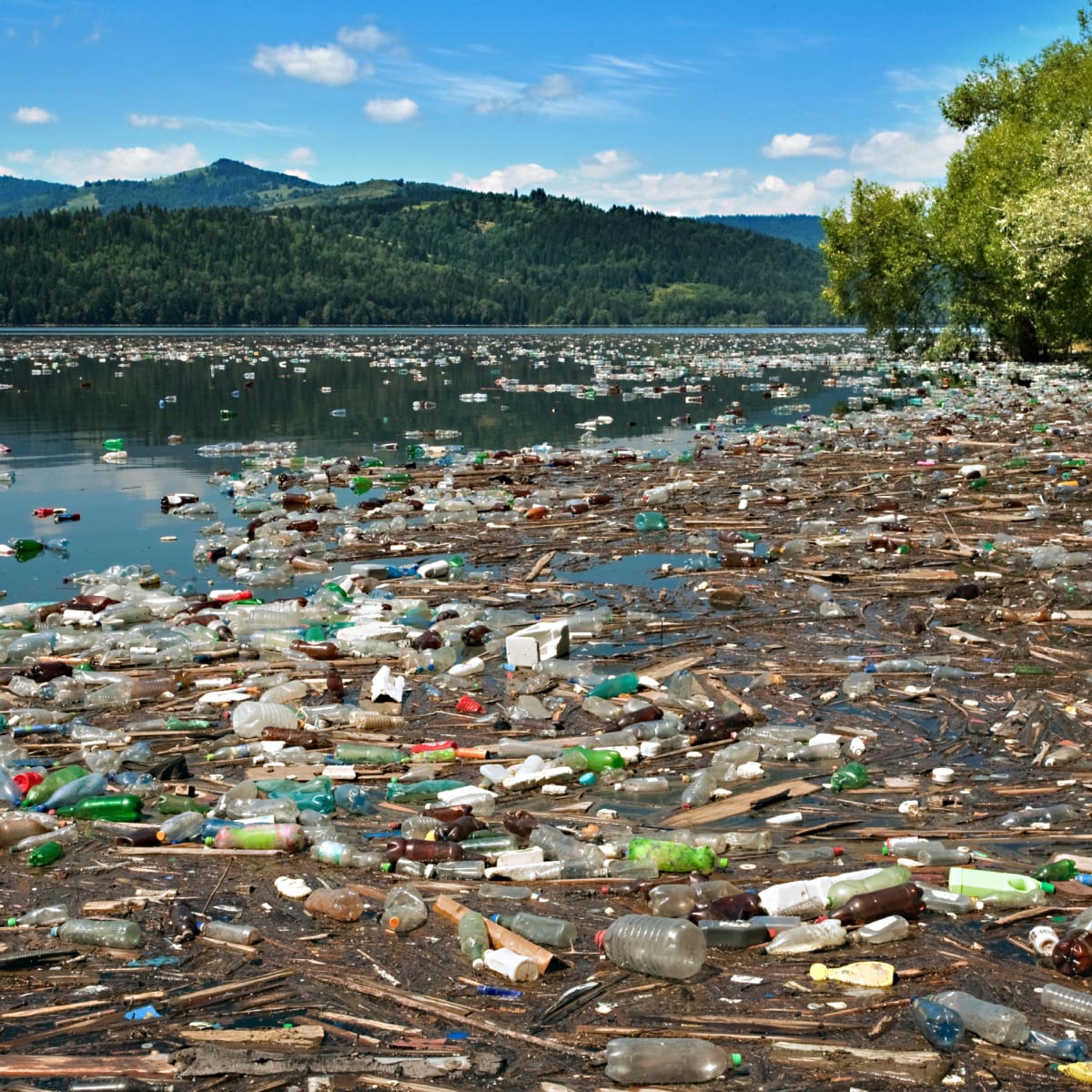Back to: PHYSICAL HEALTH EDUCATION JSS 2
Welcome to Class !!
We are eager to have you join us !!
In today’s Physical Health Education class, We will be discussing Environmental Pollution. We hope you enjoy the class!

ENVIRONMENTAL POLLUTION: TYPES
Environmental pollution is one of the most serious problems facing humanity and other life forms on our planet today. It is defined as “the contamination of the physical and biological components of the earth/atmosphere system to such an extent that normal environmental processes are adversely affected.”
Pollutants can be naturally occurring substances or energies, but they are considered contaminants when in excess of natural levels. Any use of natural resources at a rate higher than nature’s capacity to restore itself can result in pollution of air, water, and land.
Types of Environmental Pollution
- Land pollution
- Air pollution
- Water pollution
- Noise pollution
Noise pollution:
Even though humans can’t see or smell noise pollution, it still affects the environment. Noise pollution happens when the sound coming from planes, industry or other sources reaches harmful levels.
Research has shown that there are direct links between noise and health, including stress-related illnesses, high blood pressure, speech interference, hearing loss. For example, a study by the WHO Noise Environmental Burden on Disease working group found that noise pollution may contribute to hundreds of thousands of deaths per year by increasing the rates of coronary heart disease.
Underwater noise pollution coming from ships has been shown to upset whales’ navigation systems and kill other species that depend on the natural underwater world. Noise also makes wild species communicate louder, which can shorten their lifespan.
Land pollution:

Soil pollution, also called land pollution, is linked to water pollution. Liquid wastes containing toxic chemicals or pathogenic micro-organisms on the surface of the land can seep slowly into the soil and may percolate down to contaminate groundwater, which can affect people using springs or wells in the area. Possible sources include open defecation, pit latrines or leaking storage containers for industrial chemicals and wastes.
Solid waste can cause soil pollution. A collection of solid wastes in one place or scattered around is unsightly and might smell bad to you as you pass by.
Household waste typically consists mostly of food waste that will gradually decompose. This produces a bad odour and attracts insects and rats, both of which contribute to the transmission of disease. As the waste decomposes it produces a liquid called leachate which trickles down into the soil.
Leachate is a highly concentrated liquid pollutant that may contain toxic chemicals and pathogenic micro-organisms as well as high levels of organic compounds. Rainwater falling on, and washing through, solid waste adds to the problem.
Air pollution:

The air we breathe has a very exact chemical composition; 99% of it is made up of nitrogen, oxygen, water vapour and inert gases. Air pollution occurs when things that aren’t normally there are added to the air. A common type of air pollution happens when people release particles into the air from burning fuels. This pollution looks like soot, containing millions of tiny particles, floating in the air.
Another common type of air pollution is dangerous gases, such as sulfur dioxide, carbon monoxide, nitrogen oxides and chemical vapours. These can take part in further chemical reactions once they are in the atmosphere, creating acid rain and smog. Other sources of air pollution can come from within buildings, such as second-hand smoke.
Water Pollution:

One of the most common forms of pollution is water pollution. Generally, it is the contagion of any body of water including lakes, groundwater, sea, oceans, etc. A few examples include raw sewage and wastewater running into the lake or streams, Industrial waste drips polluting groundwater, the illicit putting of stuff or items within bodies of water, etc.
The most explicit kind of water pollution affects surface waters including oceans, lakes, and rivers which are used as drinking water. Sewage, Nutrients, Chemical waste, radioactive waste, etc. can make water polluted. Water pollution also results in the death of water bodies, kill organisms and fish, crabs, birds, seagulls, dolphins, etc.
Increased use of non-degradable material and especially the use of plastic is a large contributor to water pollution. Plastic material such as carry bags, plastic straw, bottles etc. are choking our drains and harming marine and aquatic life.
Serious problems have emerged because of increased plastic content in aquatic organisms. The increased level of contaminants in water and exploiting existing natural resources has resulted in a water crisis in many urban areas. This has resulted in acute shortage of drinking water or high level of contamination which makes it unfit for drinking purpose.
Increased soil pollution also has a direct impact on quality as the underground water gets affected by those toxic contaminants. This type of pollution also results in various types of environmental degradation.
We have come to the end of this class. We do hope you enjoyed the class?
Should you have any further question, feel free to ask in the comment section below and trust us to respond as soon as possible.
In our next class, we will be talking about the Effects of Pollution on the Environment and Personal Health. We are very much eager to meet you there.
